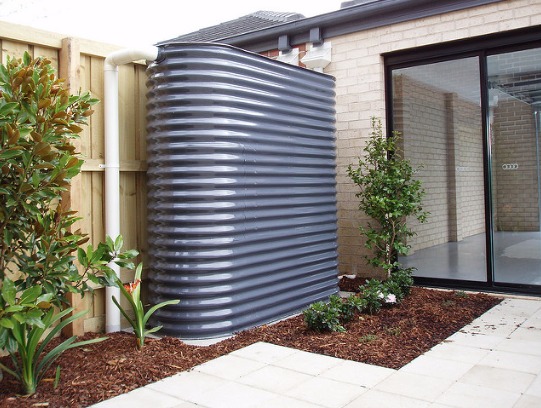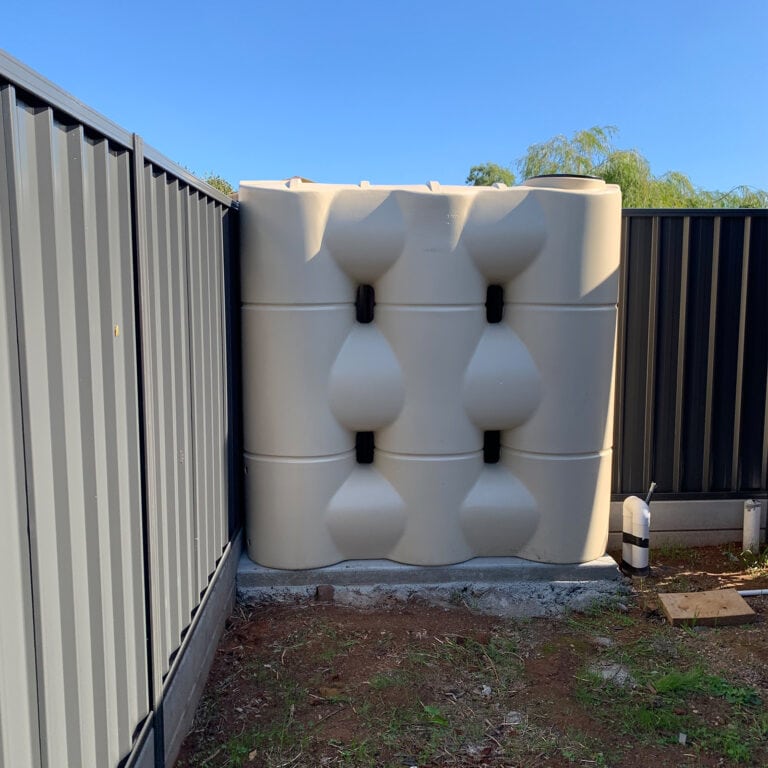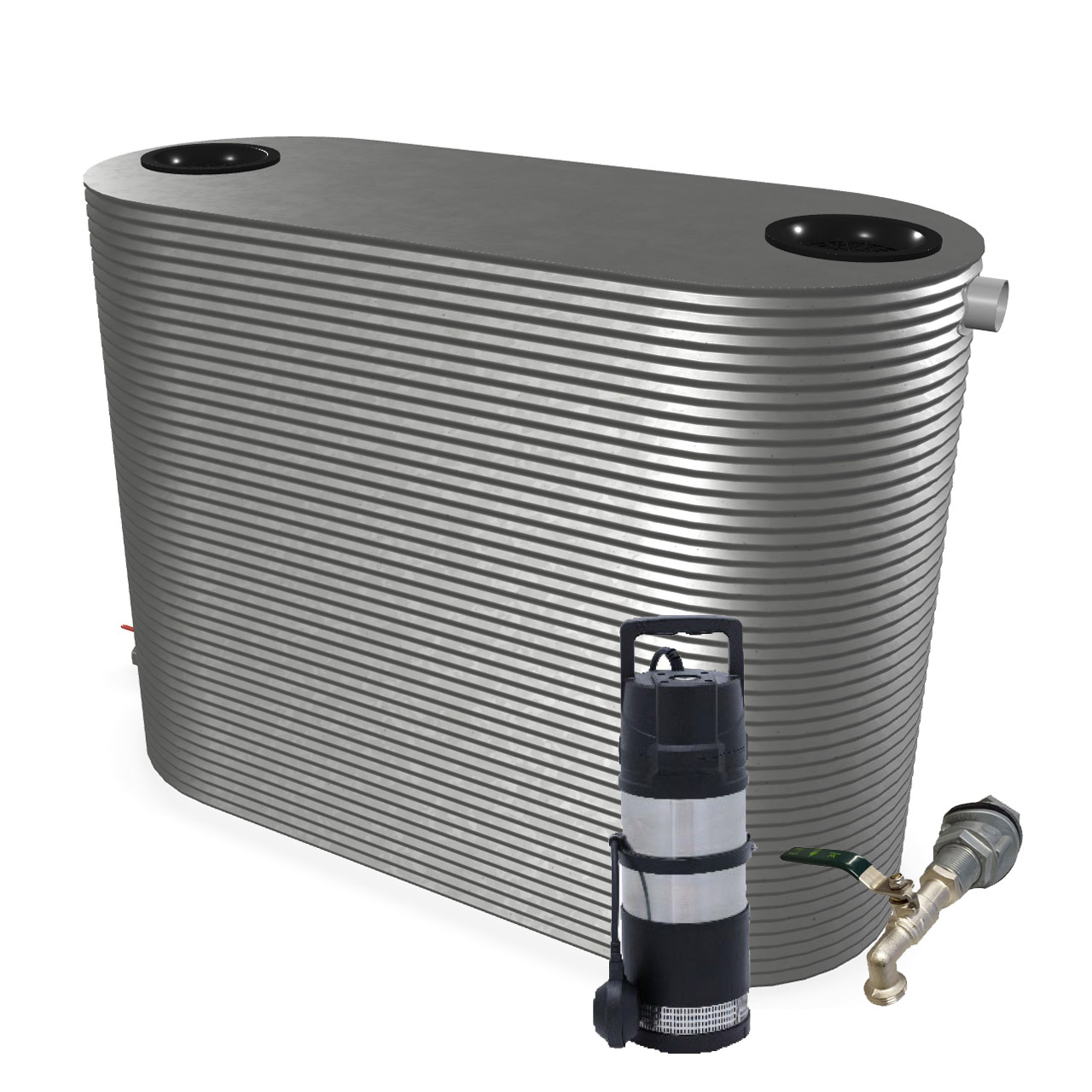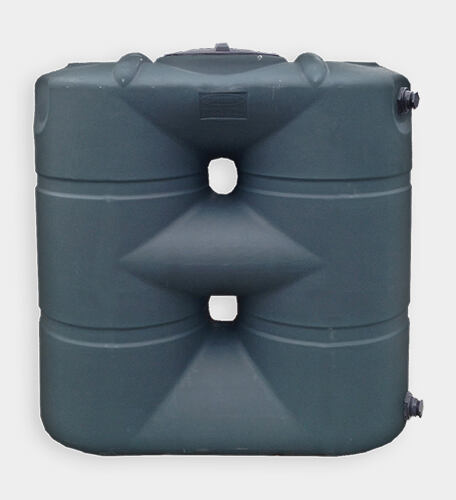Slimline Water Tanks: Space-Saving Solutions for Little Qualities
Slimline Water Tanks: Space-Saving Solutions for Little Qualities
Blog Article
Understanding the Relevance of Rain Tanks in Drought-Prone Regions for Water Security
In areas vulnerable to prolonged dry spells, the role of rain storage tanks in bolstering water protection is a topic of growing relevance. As neighborhoods grapple with the difficulties of water scarcity, recognizing the importance of these containers goes beyond plain collection of rainwater. Rainwater containers work as an essential tool in minimizing the effect of water scarcities by offering a lasting source of water for different demands. Nevertheless, the true value of rain tanks prolongs much beyond simple storage space; it includes resilience-building actions and the promotion of lasting water preservation techniques. This diverse strategy to water safety and security warrants a better exam of the role rainwater storage tanks play in making certain a trustworthy supply of water throughout times of dry spell.
Benefits of Rainwater Tanks
Utilizing rain storage tanks offers a lasting option for increasing water supply and enhancing water security in household and industrial settings. One of the key advantages of rain tanks is their capacity to decrease dependency on keys water supply.

Rain Harvesting Strategies
Rain collecting strategies encompass a series of methods developed to effectively gather and keep rainwater for various purposes, adding to water conservation and sustainability. One usual strategy is the installment of roof catchment systems, where rain is accumulated from the roof covering of a structure and routed to a tank. This technique is relatively simple and cost-effective. Another preferred strategy is making use of above-ground or below ground tank to keep rainwater for later use. These tanks can be found in numerous dimensions and products to fit different demands and can be attached to the existing pipes system for simple gain access to.

Furthermore, rainfall yards and permeable pavements are cutting-edge techniques that include landscape design or paving surfaces in such a way that permits rainwater to percolate into the ground, restoring groundwater reserves. In addition, shape farming and terracing are farming techniques that assist record rainwater and protect against soil disintegration in uneven surface. By implementing these diverse rain harvesting strategies, areas can enhance water safety and strength in drought-prone areas while promoting sustainable water management methods.
Relevance of Water Security
Guaranteeing trusted accessibility to clean and sufficient water resources is critical for sustaining human health and wellness, financial growth, and ecological health. Water security is a vital element of social durability, especially in regions vulnerable to droughts and water scarcity. Sufficient water safety and security includes various dimensions, including availability, top quality, and access of water for residential, farming, commercial, and environmental needs.
Water security plays an essential role in promoting public wellness by lowering the occurrence link of waterborne illness and guaranteeing cleanliness centers. Financially, water safety is necessary for agricultural productivity, commercial see this site procedures, and overall financial development. Slimline water tanks. Furthermore, water safety and security is closely connected to ecological sustainability, as it supports ecosystems, biodiversity, and total environmental balance.
In drought-prone regions, water safety becomes much more critical as a result of the heightened threat of water shortages. Applying techniques like rain harvesting, water recycling, and effective water monitoring methods can considerably boost water safety and security in these locations. By prioritizing water safety and security, areas can better stand up to the impacts of climate adjustment, population growth, and various other difficulties that threaten water accessibility.
Enhancing Water Strength
With increasing worldwide water obstacles, building durability in water supply has actually become a vital focus for sustainable advancement initiatives. Enhancing water durability includes applying strategies to make sure water schedule and top quality in the face of changing environmental problems, such as dry spells, floodings, and air pollution.
One key facet of enhancing water resilience is promoting using rainwater storage tanks in drought-prone areas - Slimline water tanks. Rain containers offer as a reliable methods of recording and storing rainwater for later usage, lowering dependence on limited freshwater resources throughout completely dry durations. By including rain harvesting systems right into water monitoring strategies, areas can boost their capacity to hold up against water deficiency and keep water protection

Lasting Water Conservation
Amidst intensifying water obstacles, the prudent monitoring of water resources via lasting preservation practices is imperative for ensuring lasting environmental security and societal wellness. Sustainable water helpful hints conservation involves the reliable usage of water resources to fulfill current needs without jeopardizing the capability of future generations to satisfy their own requirements. By executing strategies such as rainwater harvesting, greywater recycling, and water-efficient modern technologies, areas can minimize water wastage and minimize pressure on freshwater resources.
Additionally, sustainable water conservation practices add to ecosystem health and wellness by preserving sufficient water levels in rivers, lakes, and wetlands, supporting biodiversity, and preserving all-natural environments. These techniques additionally play a vital duty in alleviating the effects of climate change by helping to adapt to transforming rainfall patterns and water accessibility.

Final Thought
Finally, rainwater storage tanks play an essential function in boosting water safety and security and strength in drought-prone areas. By utilizing rainwater harvesting strategies, areas can reduce their dependence on traditional water sources and promote lasting water conservation methods. This not only aids minimize the impacts of water shortage throughout dry spells yet also contributes to long-lasting water safety and security and durability in the face of climate change obstacles.
Report this page